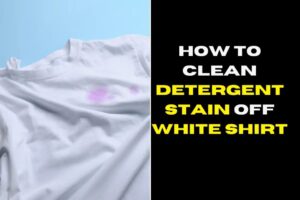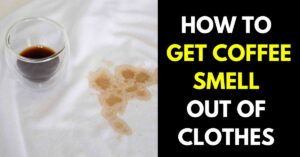
Antique linens are beautiful artifacts from the past, often holding immense sentimental value and sometimes even significant monetary worth.
However, with time, these linens often develop a yellowish hue due to age, exposure to light, and improper storage, which can mar their beauty and reduce their value. But don’t despair.
These yellowed treasures can be restored to their former glory using a simple household item – Ivory dish detergent. This post will guide you through this gentle, effective cleaning process.
Gathering the Required Materials
Here’s what you’ll need:
- Ivory dish detergent
- A large basin or sink
- Lukewarm water
- A soft-bristled brush
- White towels
- Ahaded area for air-drying.
Each of these items plays a crucial role in ensuring a safe and effective cleaning process.
How To Clean Yellowed Antique Linens With Ivory Dish Detergent
1. Preparation
Start by preparing your cleaning area. Choose a clean, flat surface near a water source, and make sure you have all your materials on hand. Before you begin, test the Ivory dish detergent on a small, hidden area of the linen to ensure it doesn’t react adversely to the fabric.
2. Soaking
Fill your basin or sink with lukewarm water and add a small amount of Ivory dish detergent. Mix it gently until it’s fully dissolved. Submerge the yellowed linen entirely in the soapy water. Let it soak for a few hours, but never leave it overnight.
3. Cleaning
After soaking, use a soft-bristled brush to scrub the yellowed areas of the linen gently. Be extremely careful not to scrub too hard, as it could damage the fabric.
4. Rinsing
Once the linen has been scrubbed, drain the soapy water and refill the basin with fresh, lukewarm water. Rinse the linen thoroughly, changing the water as needed, until all the soap is removed.
5. Drying
Do not wring the linen to dry it; this can cause it to stretch or tear. Instead, lay a white towel on a flat surface and place the linen flat on top of it. Roll up the towel with the linen inside to help absorb the excess water. Unroll, then allow the linen to air-dry in a shaded area, as direct sunlight can cause further yellowing or fading.
How Do You Get Yellow out Of Vintage Linens
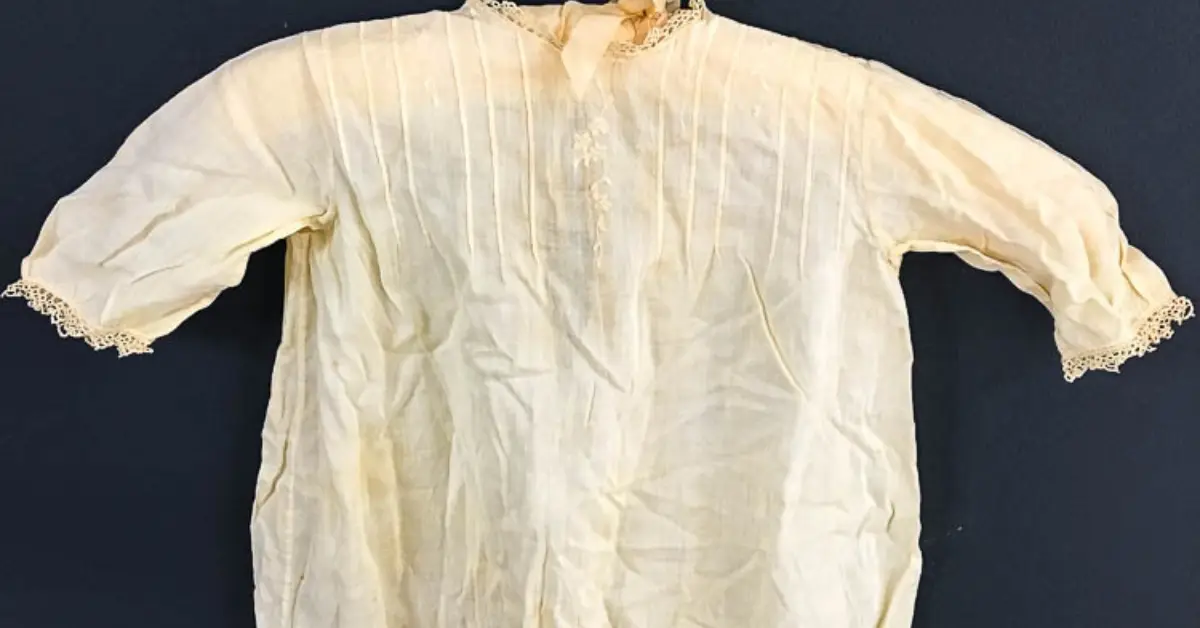
Getting yellow out of vintage linens requires a gentle, hands-on approach to prevent damaging the fabric. Here’s a step-by-step guide on how you can do this:
1. Preliminary inspection and vacuuming
First, inspect the linens for any fragile or damaged areas. You might consult a textile conservation specialist if the fabric is old or delicate. Use a flat attachment vacuum to remove any loose dirt or dust.
2. Soaking
Fill a sink or tub with cold or lukewarm water (never hot, as it could set stains) and add a gentle, enzyme-based laundry detergent, such as Woolite. Mix it well to create suds. Submerge the linens in the water and gently move them around. Let them soak for several hours or even overnight.
3. Using a whitening agent
If the yellow stains persist, you may need to use a whitening agent. There are several methods you can use, such as:
4. Lemon and sunlight
After rinsing out the soap, fill the sink or tub again with cold water and add a few slices of lemon. Let the linens soak for an hour, then take them out, squeeze out excess water, and lay them out in the sun to dry. The combination of citric acid and sunlight can help brighten the linens. Be sure to rinse thoroughly after this process.
5. Hydrogen peroxide
If the lemon method doesn’t work, another option is a 3% solution of hydrogen peroxide. Fill the sink or tub with cold water and add a cup of hydrogen peroxide for every gallon of water. Soak the linens for a couple of hours, then rinse thoroughly.
6. Rinsing and drying
Rinse thoroughly in cold water to remove all detergent and whitening agents. Roll the linens in a towel to remove excess water, then lay them flat to dry. Avoid wringing the linens or using a dryer, as these can cause damage.
How Do You Restore Yellowed Linens?
1. Soak the linens
Start by filling a large basin or your bathtub with warm water. Add a gentle laundry detergent and mix well. Submerge your yellowed linens in the water and let them soak for about an hour.
2. Apply oxygen bleach
Drain the water from the basin or tub. Rinse the linens under warm water to remove any detergent. Prepare a new mixture of warm water and a scoop of oxygen bleach. Soak your linens in this mixture for several hours or overnight if possible.
3. Wash normally
After soaking, wash your linens as you would normally do, using a gentle cycle on your washing machine. Use only a gentle laundry detergent and no chlorine bleach.
4. Lemon juice and salt treatment
If the yellowing persists, try using a lemon juice and salt mixture. Combine equal parts of lemon juice and salt to make a paste. Apply this paste to the yellowed areas and gently scrub with a soft brush. Let the linens sit with the paste on them for up to an hour.
5. Rinse and dry
Rinse your linens thoroughly to remove the lemon and salt. If possible, let your linens dry in the sun. The sun has a natural bleaching effect that can help restore the whiteness of your linens.
6. Repeat if Necessary
If the linens are still yellowed, repeat steps 2 to 5.
Note: This process can take time, especially if the linens are heavily yellowed. Always do a patch test first if you’re unsure about how the fabric will react. Also, avoid using chlorine bleach on linens, as it can weaken the fibers and cause damage over time.
Conclusion
Cleaning yellowed antique linens doesn’t have to be a daunting task. With the right approach and gentle products like Ivory dish detergent, you can restore the charm of your cherished antiques.
If you carefully follow the outlined steps, your precious linens can continue to be a part of your home’s beauty, heritage, and story.

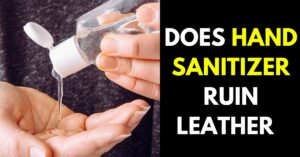
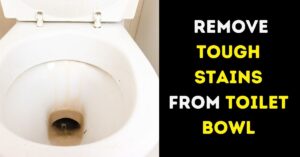
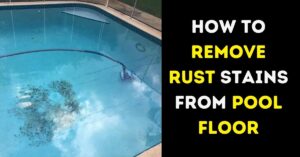
![Do I Need Soap Or Detergent To Clean Clothes Stains? [Alternatives] 8 Do I Need Soap Or Detergent To Clean Clothes?](https://cleanservant.com/wp-content/uploads/2023/08/Dawn-Dish-Detergent-To-Clean-Car-Leather-Upholstery-1-300x157.jpg)
